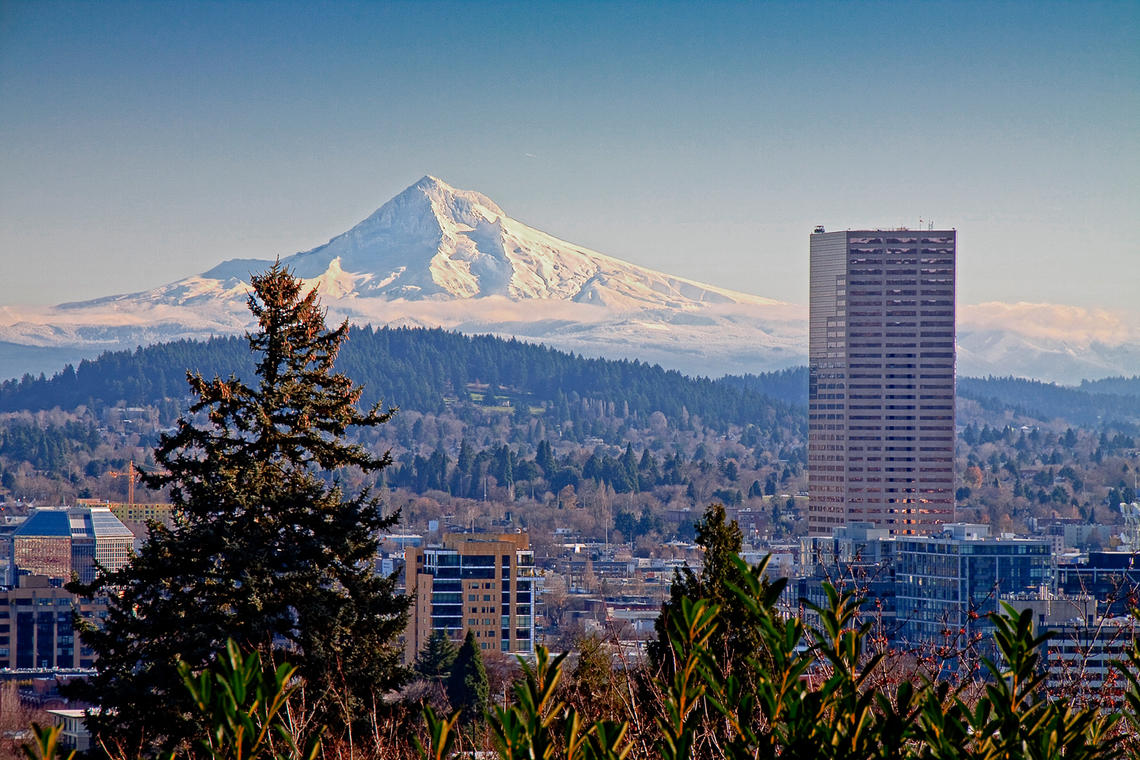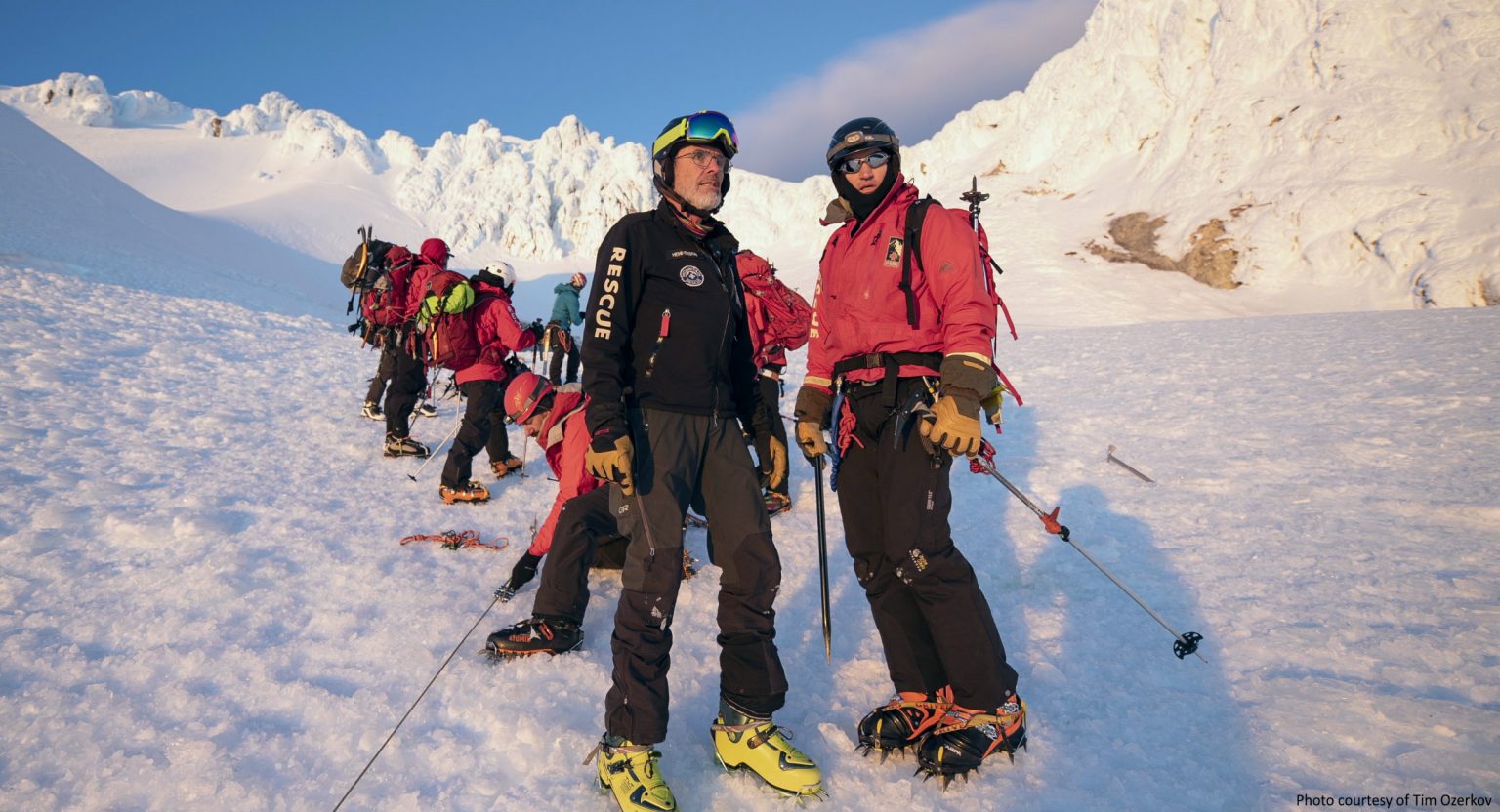
Climbers and skiers attempting to summit Mt. Hood, OR will soon have to pack an extra piece of gear: their wallet. The Forest Service announced that starting in January 2024, climbers and skiers venturing above 9,500 feet will be required to purchase a $20 climbing permit. The collection of this fee is intended to fund a Climbing Ranger Program, to try and improve awareness of the challenges and hazards of climbing Mt. Hood. This paid permit program could pave the way for the Forest Service to institute a quota system for summit attempts in the future.
In a meeting of the Hood-Willamette Resource Advisory Committee last December, the Climbing Permit Program was approved, along with raised fees for several other recreation sites in Mt. Hood National Forest. Climbing permits will be sold for $20 per day with the option of purchasing an annual permit for $50. The Forest Service originally planned the annual permit to cost $100, but changed the price based on feedback from the public.
According to minutes from the committee meeting, most of the funds collected from permit sales will go towards the creation of a Climbing Rangers Program on Mt. Hood, which has been discussed in years past. The minutes state that “Climbing Rangers are not and should not be serving as search and rescue. The goal of this fee program is not to make everyone safe, but rather to improve understanding of how to approach [climbing Mt. Hood] safely.”
Currently, most search and rescue operations on the south side of Mt. Hood are run by Portland Mountain Rescue (PMR). Mark Morford, public information officer for PMR said PMR has supported the climbing ranger program, paid for by climbing permit fees, because “that presence on the mountain alone we think will improve safety. The ranger is there meeting climbers as they’re going up…answering questions, offering recommendations on routes and conditions, and we think that’s a good thing”. However, Morford stated that from the beginning of the process, PMR has pushed back against the idea of having a single permit for a single climbing day because it “increases the heuristic trap of folks being committed to climb on a specific day and continuing to climb on that day notwithstanding the conditions that day”.
With an estimated 10,000 climbers per year, many consider Mt. Hood to be overdue for a quota system. Though Morford said PMR has not developed an official position on a quota system for Mt. Hood, he added “It is obvious that a quota system is going to be considered for Mt. Hood. The forest service has been clear that first they are doing permits and they are going to use the permits to gather data.” The introduction of a quota system is still likely to be a long way off, since the policy change will require a similar advisory committee review and public comment period.
Many volcanoes in the Pacific Northwest require paid climbing permits from the Forest Service or National Park Service. Some of these permits come with daily quotas, with the option of making reservations ahead of time. Mt. Rainier charges $65 for an annual climbing permit to travel above 10,000 feet, with no option for single days. Mt. Shasta charges $25 for a climbing permit while Mt. Adams charges $15, placing the $20 permit for Mt. Hood in a reasonable range. Of the five tallest cascade volcanoes, only Mt. Baker does not require any specific climbing permit.
